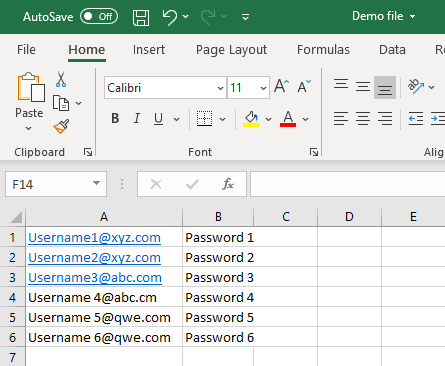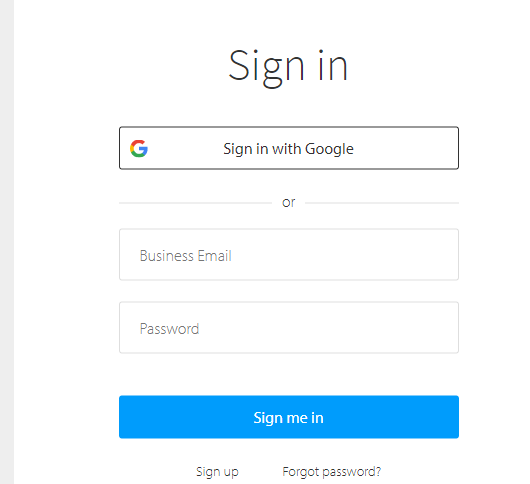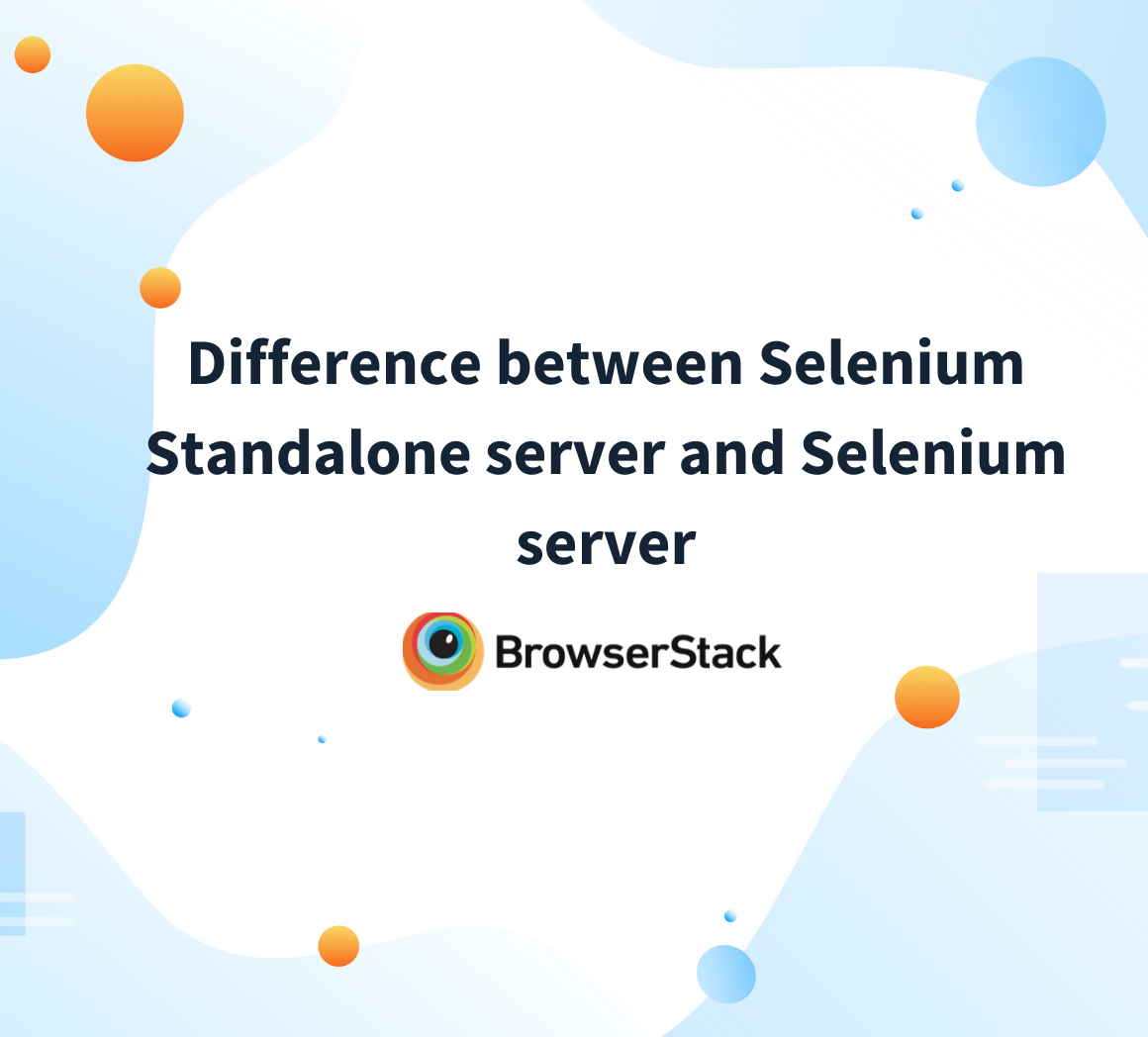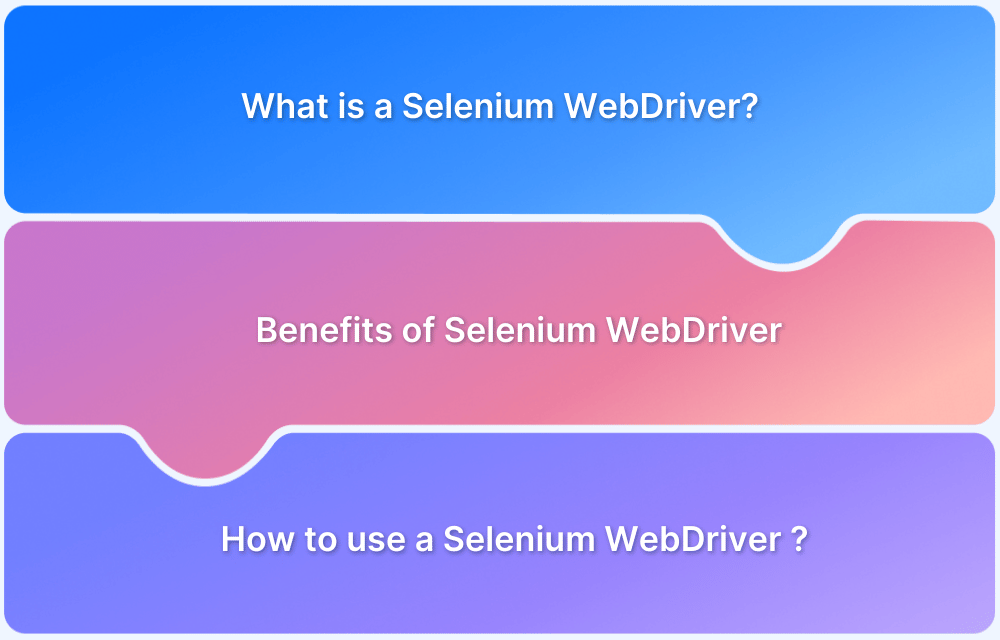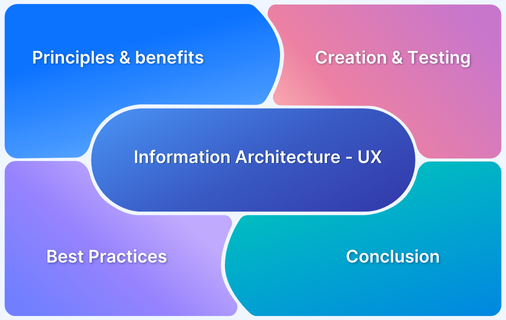Data Driven Framework in Selenium
By Neha Vaidya, Community Contributor - February 8, 2023
As code is added, the number of tests must be increased to ensure that the new code works smoothly. This situation can easily become burdensome. Eventually, testers may give up, reducing testing and opening the path to defective code. With data-driven tests, it is possible to avoid such a scenario.
This article covers why data-driven tests are important. It will discuss steps on how to data-drive your tests, as well as some dos and don’ts.
Why Data Driven Tests important?
There are two main benefits to this:
- They reduce the cost of adding new tests and changing them when your business rules change. This is done by creating parameters for different scenarios, using data sets that the same code can run against.
- They help to identify what data is most important for tested behavior. By separating first-class scenario data into parameters, it becomes clear what matters most to the test. This makes it easy to remember how something works when developers need to change it.
What is Data Driven Testing Framework in Selenium?
Data Driven framework is used to drive test cases and suites from an external data feed. The data feed can be data sheets like xls, xlsx, and csv files.
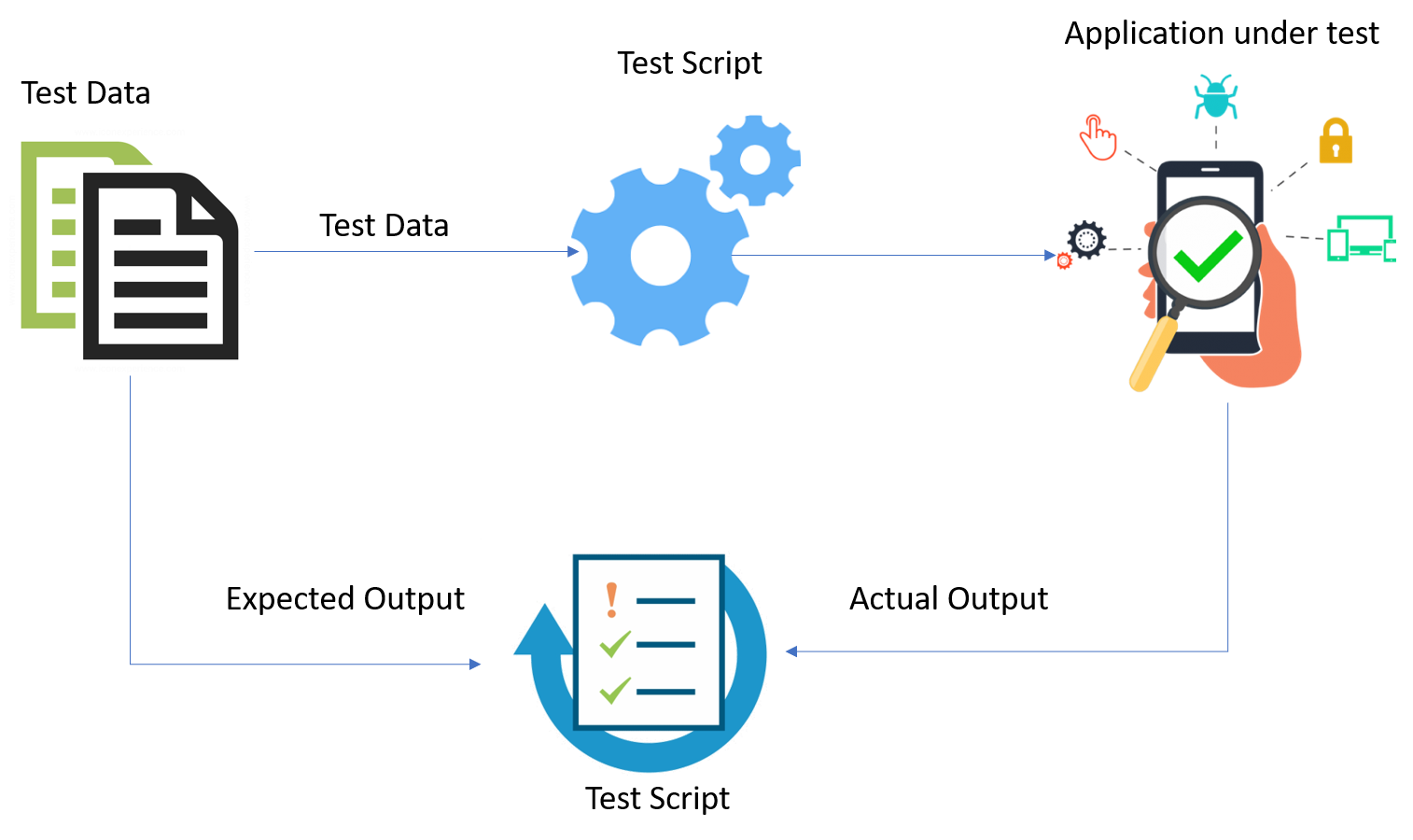
A Data Driven Framework in Selenium is a technique of separating the “data set” from the actual “test case” (code). Since the test case is separated from the data set, one can easily modify the test case of a particular functionality without making changes to the code.
For example, if one has to modify the code for login functionality, they can modify just the login functionality instead of having to modify any other feature dependent on the same code.
One can easily increase the number of test parameters by adding more username and password fields to the excel file (or other sources). Know more about different types of test driven development with the help of this article on TDD vs BDD.
Now let’s understand how to create a test case using a Data Driven Framework.
Data Driven Testing Example
This example will demonstrate how to read the data from excel files and perform data driven testing using Selenium. WebDriver does not directly support data reading of excel files. Therefore, one needs to use a plugin such as Apache POI for reading/writing on any Microsoft office document.
- To download Apache POI Jar files click here. Download the zip file or tar file as per requirement and place them along with the set of Selenium JARs and configure your build path.
Now let’s understand how to write the first test case. An excel file to read the data from the sheet. The user has entered different combinations of username and password in the sheet.
The task here is to enter all the combinations of username and passwords into the login field in order to test the functionality. Let’s see how to do that.
Here, the target is to enter all these combinations of username and password into the Browserstack Sign in page as shown below.
Let’s write a code snippet to read the data files.
Step 1: Go to the Eclipse IDE and create a project. Add all the dependencies for TestNG, Selenium and Apache POI.
Step 2: Create a class file to write the functionality.
import org.openqa.selenium.By; import org.testng.Assert; import org.testng.annotations.AfterMethod; import org.testng.annotations.DataProvider; import org.testng.annotations.Test; public class ExcelExample{ @Test(dataProvider="testdata") public void demoClass(String username, String password) throws InterruptedException { System.setProperty("webdriver.chrome.driver", "Path of Chrome Driver"); Webdriver driver = new ChromeDriver(); driver.get("<a href="https://www.browserstack.com/users/sign_in</a>"); driver.findElement(By.name("user[login]")).sendKeys(username); driver.findElement(By.name("user[password]")).sendKeys(password); driver.findElement(By.name("commit")).click(); Thread.sleep(5000); Assert.assertTrue(driver.getTitle().matches("BrowserStack Login | Sign Into The Best Mobile & Browser Testing Tool"), "Invalid credentials"); System.out.println("Login successful"); } @AfterMethod void ProgramTermination() { driver.quit(); } @DataProvider(name="testdata") public Object[][] testDataExample(){ ReadExcelFile configuration = new ReadExcelFile("Path_of_Your_Excel_File"); int rows = configuration.getRowCount(0); Object[][]signin_credentials = new Object[rows][2]; for(int i=0;i<rows;i++) { signin_credentials[i][0] = config.getData(0, i, 0); signin_credentials[i][1] = config.getData(0, i, 1); } return signin_credentials; } }
In the above code, there is a “TestDataExample() method” in which the user has created an object instance of another class named “ReadExcelFile”. The user has mentioned the path to the excel file. The user has further defined a for loop to retrieve the text from the excel workbook. But to fetch the data from the excel file, one needs to write a class file for the same.
Try Running Selenium Tests on Cloud for Free
import java.io.File; import java.io.FileInputStream; import org.apache.poi.xssf.usermodel.XSSFSheet; import org.apache.poi.xssf.usermodel.XSSFWorkbook; public class ReadExcelFile{ XSSFWorkbook work_book; XSSFSheet sheet; public ReadExcelFile(String excelfilePath) { try { File s = new File(excelfilePath); FileInputStream stream = new FileInputStream(s); work_book = new XSSFWorkbook(stream); } catch(Exception e) { System.out.println(e.getMessage()); } } public String getData(int sheetnumber, int row, int column){ sheet = work_book.getSheetAt(sheetnumber); String data = sheet.getRow(row).getCell(column).getStringCellValue(); return data; } public int getRowCount(int sheetIndex){ int row = work_book.getSheetAt(sheetIndex).getLastRowNum(); row = row + 1; return row; }
In the code above, the user has used Apache POI libraries to fetch the data from the excel file. Next, it will point to the data present in the excel file and then enter the relevant username and password to the sign in page.
Note: The same thing can be done using a Data provider in TestNG. But to fetch the data from the Excel sheet, the user needs Apache POI jar files.
Note: Please enter one valid credential to test.
Advantages of Data Driven Testing Framework
- Allows testing of the application with multiple sets of data values during regression testing
- Separates the test case data from the executable test script
- Allows reusing of Actions and Functions in different tests
- Generates test data automatically. This is helpful when large volumes of random test data are necessary
- Results in the creation of extensive code that is flexible and easy to maintain
- Lets developers and testers separate the logic of their test cases/scripts from the test data
- Allows execution of test cases several times which helps to reduce test cases and scripts
- It does not let changes in test scripts affect the test data.
By incorporating data-driven testing using Selenium, testers can refine their test cases for more efficient execution. This shortens timelines, makes their lives easier and results in more thoroughly tested and better quality software.
